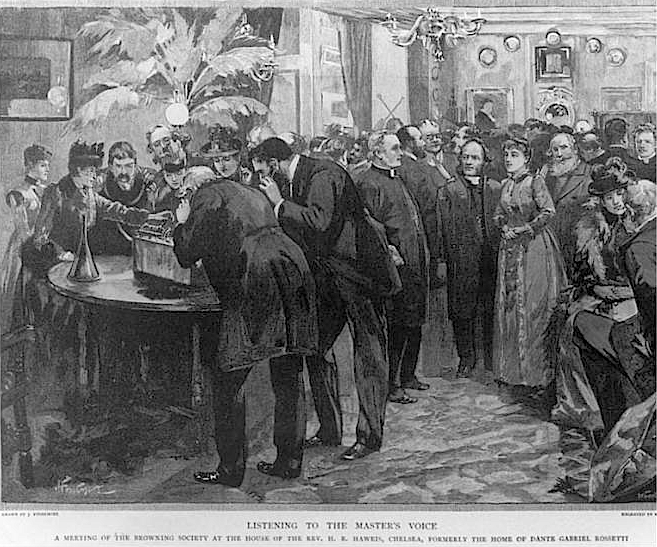It's not looking good for Russia's newest weather satellite,Watch I Don't Love You Yet Online which was launched on Tuesday morning.
Roscosmos, Russia's space agency, released a statement after the launch of the Meteor-M polar-orbiting weather satellite along with 18 small payloads aboard an uncrewed Soyuz 2.1b rocket, saying that it had lost contact with the weather satellite, the main payload aboard.
SEE ALSO: SpaceX rocket comes in for a fiery but successful landing after launching satelliteWhile the rocket appeared to deliver its payloads to the correct intermediate orbit, according to Roscosmos, that's where the problems began.
"During the first planned communication session with the satellite, it was not possible to establish a connection due to its absence in the target orbit," Roscosmos said in the statement. "Currently, the information is being analyzed."
It's unclear exactly what happened to cause this possible failure, but according to Russian space reporter Anatoly Zak, a programming error may be to blame. Human error may have put the payloads in the wrong orbit.
The rocket was also carrying 18 other small satellites as secondary payloads, including some from the U.S.
Ten tiny, Earth-gazing Lemur-2 satellites from the San Francisco-based firm Spire were also part of the mission. Those satellites are designed to help the company track shipping and weather conditions around the world.
Other satellites aboard the Soyuz included the IDEA OSG payload, which is a prototype designed to help get rid of space junk in orbit, according to Space News.
The U.S. recently launched a new weather satellite of its own. The Joint Polar Satellite System-1 is a polar-orbiting weather satellite designed to aid in weather forecasting, disaster management, and search and rescue operations.
(Editor: {typename type="name"/})
 Amazon requires sellers to use more efficient packaging, or pay up
Amazon requires sellers to use more efficient packaging, or pay up
 “Defenestration of Prague,” a Poem by Susan Howe
“Defenestration of Prague,” a Poem by Susan Howe
 Philip Larkin’s Awful Vacation
Philip Larkin’s Awful Vacation
 Tracing the Evolution of the Gamine
Tracing the Evolution of the Gamine
 The Made in America iPhone: How much would it cost?
The Made in America iPhone: How much would it cost?
Asus VivoWatch 6 AERO measures blood pressure and ECG
 Watch out, Apple Watch. You've got some unlikely competition.Asus, maker of one of our preferred gam
...[Details]
Watch out, Apple Watch. You've got some unlikely competition.Asus, maker of one of our preferred gam
...[Details]
Remembering Playmobil’s Founder, Horst Brandstaetter
 Playmobil Fun ClubBy Sadie SteinJune 10, 2015Our Daily CorrespondentPhoto: Merete Sanderhoff, from V
...[Details]
Playmobil Fun ClubBy Sadie SteinJune 10, 2015Our Daily CorrespondentPhoto: Merete Sanderhoff, from V
...[Details]
Listen—Robert Browning Becomes the First Recorded Poet, 1889
 The Sound of a Voice That Is StillBy Dan PiepenbringMay 7, 2015Listen“Listening to the Master’s Voic
...[Details]
The Sound of a Voice That Is StillBy Dan PiepenbringMay 7, 2015Listen“Listening to the Master’s Voic
...[Details]
“Hw r u ts mng?” Telegraphy Abbreviations from 1901
 Hw r u ts mng?, and Other NewsBy Dan PiepenbringMay 12, 2015On the ShelfEthel Wakefield, a Western U
...[Details]
Hw r u ts mng?, and Other NewsBy Dan PiepenbringMay 12, 2015On the ShelfEthel Wakefield, a Western U
...[Details]
 David V. Johnson ,May 2, 2017 Keeping Hope
...[Details]
David V. Johnson ,May 2, 2017 Keeping Hope
...[Details]
Where We Live: David Graham’s Photos of American Homes
 Where We LiveBy Dan PiepenbringMay 28, 2015LookAtlanta, Georgia, 1996. Photo via Laurence Miller Gal
...[Details]
Where We LiveBy Dan PiepenbringMay 28, 2015LookAtlanta, Georgia, 1996. Photo via Laurence Miller Gal
...[Details]
 Charlie, Charlie, Are You There?By Dan PiepenbringJune 9, 2015LookThe Prince of Darkness, Dagol, dev
...[Details]
Charlie, Charlie, Are You There?By Dan PiepenbringJune 9, 2015LookThe Prince of Darkness, Dagol, dev
...[Details]
On Stevie Wonder’s “Living for the City” and the NYC Skyline
 Skyscrapers and EverythingBy Rowan Ricardo PhillipsJune 5, 2015On MusicThe trouble with gazing upwar
...[Details]
Skyscrapers and EverythingBy Rowan Ricardo PhillipsJune 5, 2015On MusicThe trouble with gazing upwar
...[Details]
 It's always tough to recommend budget smartphones to prospective buyers. For less than $200 (and no
...[Details]
It's always tough to recommend budget smartphones to prospective buyers. For less than $200 (and no
...[Details]
Staff Picks: Thirlwell, Frazier, Garréta
 Staff Picks: Man-boys, Musicals, MultimillionairesBy The Paris ReviewApril 24, 2015This Week’s Readi
...[Details]
Staff Picks: Man-boys, Musicals, MultimillionairesBy The Paris ReviewApril 24, 2015This Week’s Readi
...[Details]
接受PR>=1、BR>=1,流量相当,内容相关类链接。